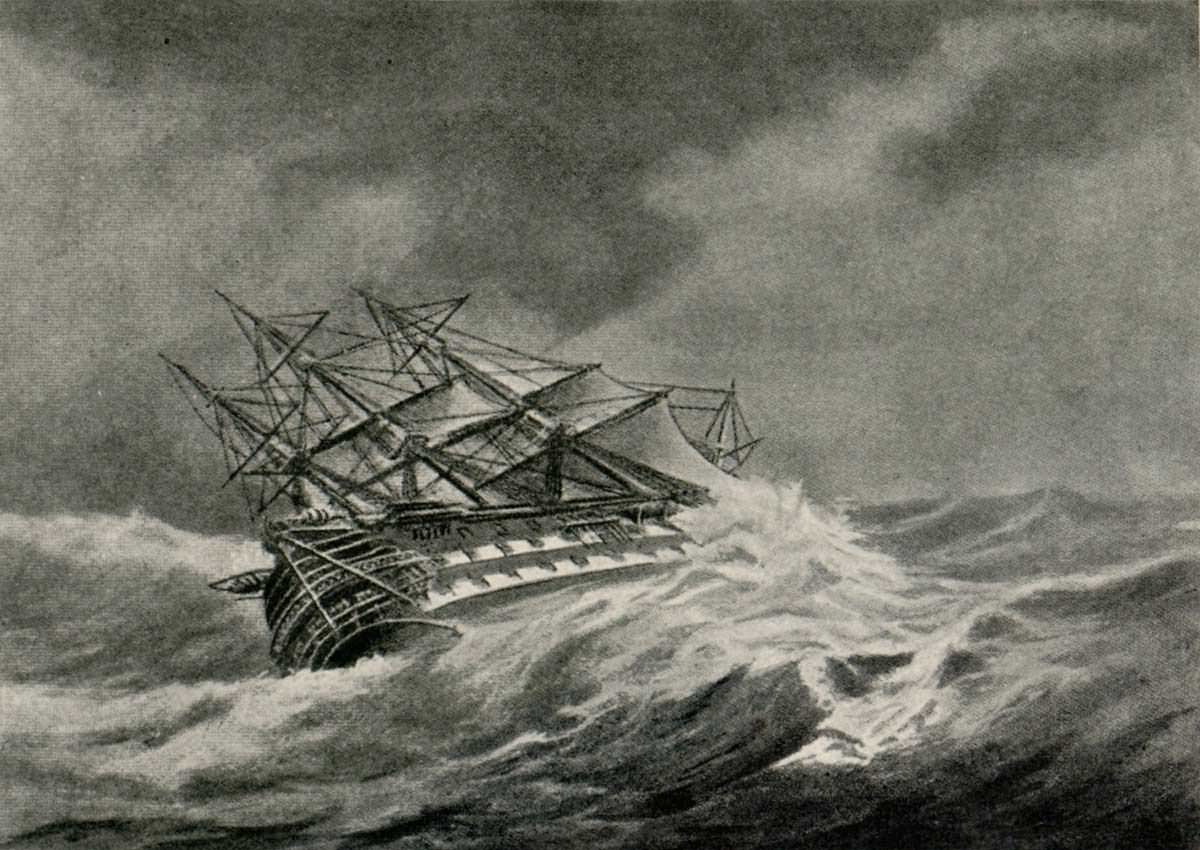The newest citizen science project from the Galaxy Zoo team lets the public travel back in time and join the crews of over 280 different World War I royal navy warships. While an engaging historical journey, the project will help scientists better understand the climate of the past. There are gaps in weather and climate data records, particularly before 1920, prior to when weather station observations were accurately recorded. But old naval ships routinely recorded the weather they encountered – marking down temperatures and conditions even while in battle. The information in many of these weather logbooks has not been utilized – until now, as the “Old Weather” project has made its debut as the newest way for the public to contribute in scientific research.
The project is designed to provide a detailed map of the world’s climate around 100 years ago, which will help tell us more about the climate today. Anyone can take part, read the logs, follow events aboard the vessels and contribute to this fun and historical project, which could tell us more about our climate’s future.
“These naval logbooks contain an amazing treasure trove of information but because the entries are handwritten they are incredibly difficult for a computer to read,’ said Dr. Chris Lintott of Oxford University, a Galaxy Zoo founder and developer of the OldWeather.org project. “By getting an army of online human volunteers to retrace these voyages and transcribe the information recorded by British sailors we can relive both the climate of the past and key moments in naval history.”
By transcribing information about weather, and any interesting events, from images of each ship’s logbook web volunteers will help scientists to build a more accurate picture of how our climate has changed over the last century, as well as adding to our knowledge of this important period of British history.

“Historical weather data is vital because it allows us to test our models of the Earth’s climate,”said Dr. Peter Stott, Head of Climate Monitoring and Attribution at the British meteorology, or Met Office. “If we can correctly account for what the weather was doing in the past, then we can have more confidence in our predictions of the future. Unfortunately, the historical record is full of gaps, particularly from before 1920 and at sea, so this project is invaluable.”
Weather observations by Royal Navy sailors were made every four hours without fail, said Dr. Robert Simpson of Oxford University, who added that this project is almost like “launching a weather satellite into the skies at a time when manpowered flight was still in its infancy.”
What is Old Weather from National Maritime Museum on Vimeo.
If you are not yet familiar yet with the Zooniverse, which includes citizen science projects like Galaxy Zoo and Moon Zoo, you are really missing out on a fun and engaging way to do actual, meaningful science. In those projects, 320,000 people have made over 150 million classifications and published several scientific papers – which shown that ordinary web users can make observations that are as accurate as those made by experts.
Old Weather is unique among the eight scientific projects encompassed by the Zooniverse because of how old the data is, and participating really is a trip back in time. The ‘virtual sailors’ visiting OldWeather.org are rewarded for their efforts by a rise through the ratings from cadet to captain of a particular ship according to the number of pages they transcribe. Historians are also hoping that a look into these old records will provide a fresh insight into naval history and encourage people to find out more about the past.
Here’s a tutorial on how to participate in Old Weather:
Old Weather – Getting Started from The Zooniverse on Vimeo.
To find out more, and participate visit OldWeather.org. There’s also an Old Weather blog at http://blogs.zooniverse.org/oldweather
You can also follow the project on Twitter (@OldWeather) and Facebook.


Yes, and of course tall-ships were all the craze back in World war I.
Sorry captain Ahab..
This project looks to be of considerable interest to anyone with ancestors who were part of the Royal Navy between 1900 and 1920; if the ships they were on are included in the project. Both my grandfathers were on ships at that time, one in the Royal Marines, the other in the Royal Navy.
Agamemnon is a Nelson-era warship which went out of commission in the 1840s – Acacia on the other hand, is a WWI cruiser which would have been active during the period of the study.